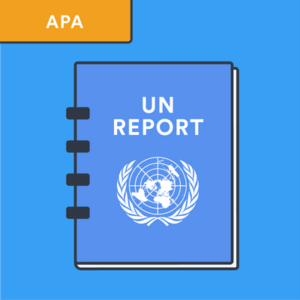
WHY IN NEWS?
India, according to the ‘Economic and Social Survey of Asia and the Pacific 2021: Towards post-COVID-19 resilient economies’, is estimated to record an economic growth of 7 per cent in 2021-22, over a contraction of 7.7 per cent witnessed in the previous fiscal on account of the pandemic’s impact on normal business activity.
DETAILED ANALYSIS
India’s economic output in 2021 is expected to remain below the 2019 level despite roll-out of the vaccine to deal with the menace of the coronavirus pandemic, said a report by the United Nations Economic and Social Commission for Asia and the Pacific (UNESCAP).
India, according to the ‘Economic and Social Survey of Asia and the Pacific 2021: Towards post-COVID-19 resilient economies’, is estimated to record an economic growth of 7 per cent in 2021-22, over a contraction of 7.7 per cent witnessed in the previous fiscal on account of the pandemic’s impact on normal business activity.
The report said, Despite a robust reduction in new COVID-19 cases and the start of vaccine roll-out, India’s 2021 economic output is expected to remain below the 2019 level.
Meanwhile, maintaining low borrowing costs while keeping non-performing loans in check would be a challenge, it added.
In its second advance estimates of national accounts, the National Statistical Office (NSO) has projected an 8 per cent contraction in 2020-21, showing the pandemic impact.
The report futher said China’s swift and effective response to COVID-19 enabled it to become the only major economy worldwide to achieve a positive annual economic growth rate in 2020.
Supported by strong recovery in industrial production, infrastructure and housing investment, merchandise exports, and a modest recovery in private consumption, its 6.5 per cent year-on-year growth rate in the fourth quarter exceeded pre-pandemic growth levels.
The report forecasts that on an average, developing Asia-Pacific economies are expected to grow 5.9 per cent in 2021 and 5 per cent in 2022, after having experienced an estimated contraction of 1 per cent in 2020.
Despite a reasonably strong rebound expected in 2021, a ‘K-shaped recovery’ is likely, with poorer countries and more vulnerable groups marginalised in the post-pandemic recovery and transition period.

